Reviews
Larry Fessenden
USA, 1997
Credits
Review by Cullen Gallagher
Posted on 29 October 2012
Source Wellspring DVD
Categories 31 Days of Horror IX
Sex and love have always been a central part of the vampire mythology. For the victim, there is the thrill of a romance filled with risk, pleasure, forbidden knowledge of the unknown, and the ever-present threat of destruction. For the vampire, there’s the dual thrill of both taking and giving life. The vampire’s kiss kills time and again - a seemingly endless cycle of partners - until they find “the one,” that special person who will accompany them through all nights to come, and to whom they will impart the gift of eternal life. Maybe our teeth aren’t so sharp, and maybe we can’t add centuries onto someone’s life, but we mortals can relate to motivations at the core of these archetypes: the need to be wanted and be satisfied; the need to want and to give satisfaction. These very relatable, common emotions are usually relegated to the subtext of vampire films: the unspoken substance through which we relate to the story and the characters. More frequently, vampire films foreground metaphoric disguise and cinematic style. F.W. Murnau’s Nosferatu, Tod Browning’s Dracula, Terence Fisher’s The Curse of Dracula (and the ensuing Hammer-produced Dracula cycle), Buffy the Vampire Slayer (both the movie and television series)—what they all share in common, beyond their toothed terrors, is the way they revel in the fantastic, the horrific, and the ecstatic. There’s a heightened sense of unreality in each of these films—there’s Murnau’s sinister shadows, Browning’s amplified performances, Fisher’s bold, kaleidoscopic colors, and Buffy’s blend of teenage melodramatics, kitschy style, and action-comedy antics. The intensity of the drama, and of the characters’ emotions, is matched by an equally intense style that takes the viewer out of the real world and envelops them a fictional universe.
In Habit, writer/director/star Larry Fessenden takes the opposite approach, heightening the sense of actuality and downplaying the fantasy. Fessenden owes more to realists like John Cassavetes and Roberto Rossellini than to horror icons like Murnau and Browning. From gritty, location photography (shot primarily on New York City’s Lower East Side) to characters so painfully relatable it hurts, Habit’s emphasis is on being true to life. In this film, fangs take a back seat—the monster is much more recognizably human, the victim more hauntingly recognizable as ourself.
We all know a story like this from somewhere in our own lives: Sam (played by Fessenden) is a bartender grieving heavily from the recent death of his father. He’s dropped out of the scene and is out of touch with his friends. On the pretense of wanting more freedom, he breaks up with his girlfriend and she moves out. At a party, he meets a strange woman named Anna who quickly becomes the focus of his life. Almost instantly, their relationship is intense: Sam withdraws even more from his life and friends and work. This new relationship is draining the life from him. When he tries to reach out to friends, they don’t listen. When he tries to break it off from her, she stalks him, breaks into his apartment when he’s not there, and throws him into a state of paranoid anxiety. Try as he might, he just can’t get rid of this girl.
Anna, I should add, is literally sucking the life out of him, drawing blood during intercourse. At first its just a little nibbling on his lip, nothing to freak him out too much, but soon she’s sinking her fangs into his neck. By the time Sam realizes how deep in trouble he is, he’s already alienated the last of his friends. He’s utterly helpless and alone, with barely even the will to live.
Take away the fangs, and you’re left with a doomed love affair and tragic deterioration that could befall anyone. That’s one of the reasons the film is so powerful—it doesn’t rely on metaphors to connect with the audience. It hits them square in the face with raw and naked emotion, and unveiled feeling. The vampire mythology reinforces the themes of the film, giving the drama the necessary edge of graphic violence and surreal terror. Tonally, much of the film has an everyday gravitas. Everything seems so ordinary, almost documentary-esque, that when Anna’s fangs appear it shocks the film into a bizarre state of being. How did things get out of hand so quickly? And just as quickly as the fangs appear, they’re gone and Anna is back to normal. As the film progresses, it increasingly alternates between the ordinary and the extraordinary, until Sam seems caught a nightmarish world he can’t comprehend what is happening to him, and what he can do to escape.
Another reason the film is so unique is that, because of its location shooting, it is almost a time capsule of a New York long gone. Sam lives downtown on Stanton St and Ridge St, near the Manhattan side of the Williamsburg Bridge. It bears witness to a time when the Lower East Side still had bite, danger, and squalor, before it became the weekend partyground for college kids and indie rockers. Sam’s ex-girlfriend lives on St. Marks Place and First Avenue, across from Stromboli Pizza, which is still there. St. Marks, however, is no longer the same—affordable housing is gone, so is much of the old offbeat fringe culture. When Sam takes a cab through Times Square, notice all the porno theaters passing by the window, all gone in the wake of Giulianification. Like Taxi Driver, Habit is a visual love letter to the filth, sleaze, and decay of New York City. And like Scorsese’s film, Fessenden’s film is a historic treasure because it preserves the living, breathing, cinematic essence of a city in a state of decomposition. The vampire promises eternal life through death to its lovers; through their reverent lenses, Scorsese and Fessenden grant immortality to a New York City that is, at this point, long dead, and likely never to return.
More 31 Days of Horror IX
-
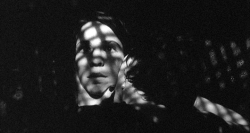
The Addiction
1995 -

Psycho III
1986 -
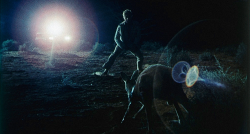
Wake in Fright
1971 -
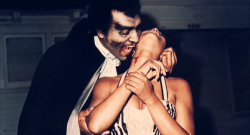
Blacula
1972 -
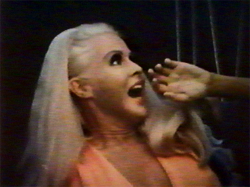
Big Foot
1970 -

Trollhunter
2010 -
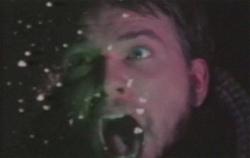
Invasion from Inner Earth
1974 -
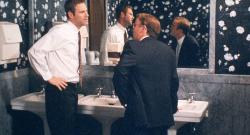
In the Company of Men
1997 -
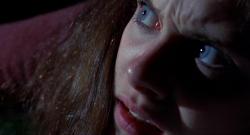
Happy Birthday to Me
1981 -
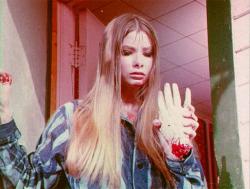
I Drink Your Blood
1970 -
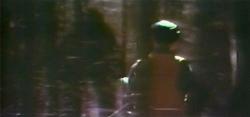
The Legend of Boggy Creek
1972 -

Maximum Overdrive
1986 -
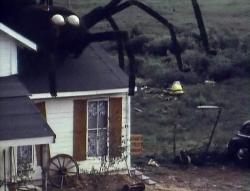
The Giant Spider Invasion
1975 -
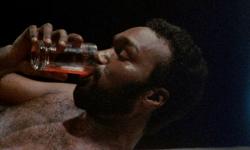
Ganja & Hess
1973 -
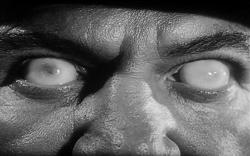
Not of This Earth
1957 -

Let’s Scare Jessica to Death
1971 -
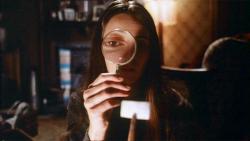
Next of Kin
1982 -
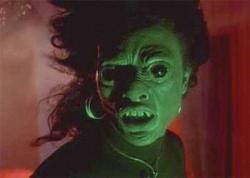
Def by Temptation
1990 -
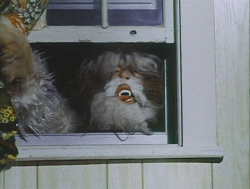
Shriek of the Mutilated
1974 -
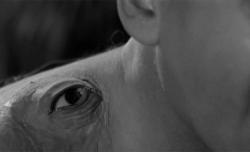
The Manster
1959 -
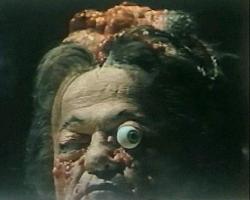
The Alpha Incident
1978 -
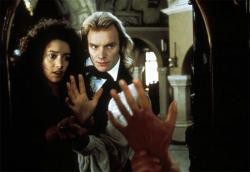
The Bride
1985 -
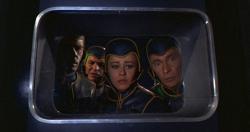
Planet of the Vampires
1965 -

The Hole
2009 -
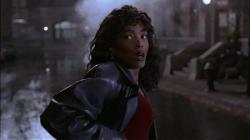
Vampire in Brooklyn
1995 -
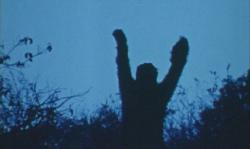
Sasquatch: the Legend of Bigfoot
1977 -
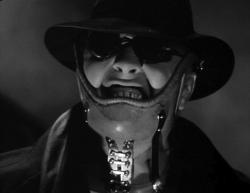
Mad Love
1935 -
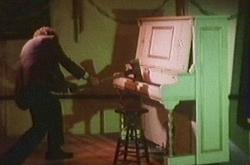
The Demons of Ludlow
1983 -

Habit
1997 -

Elephant
1989 -
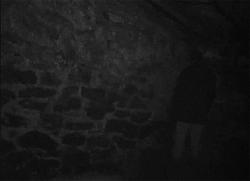
The Blair Witch Project
1999
We don’t do comments anymore, but you may contact us here or find us on Twitter or Facebook.



